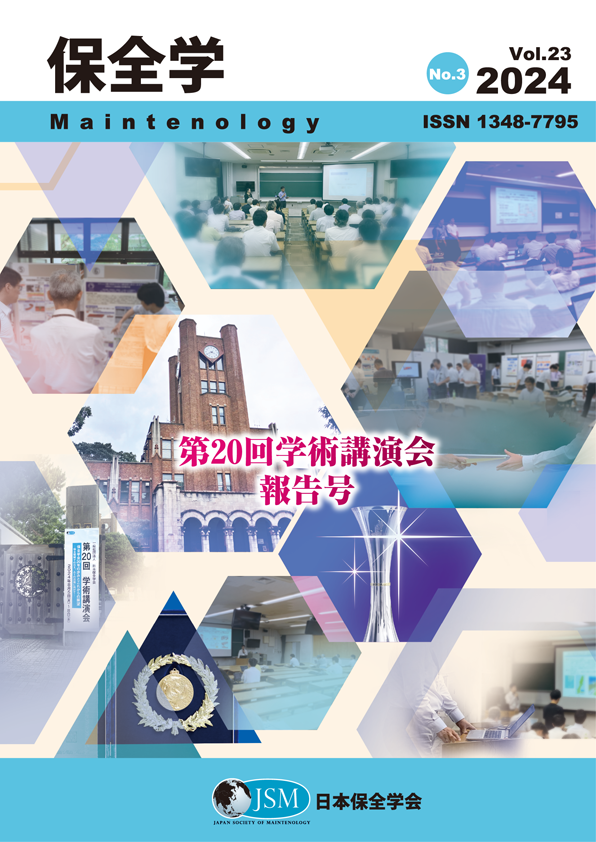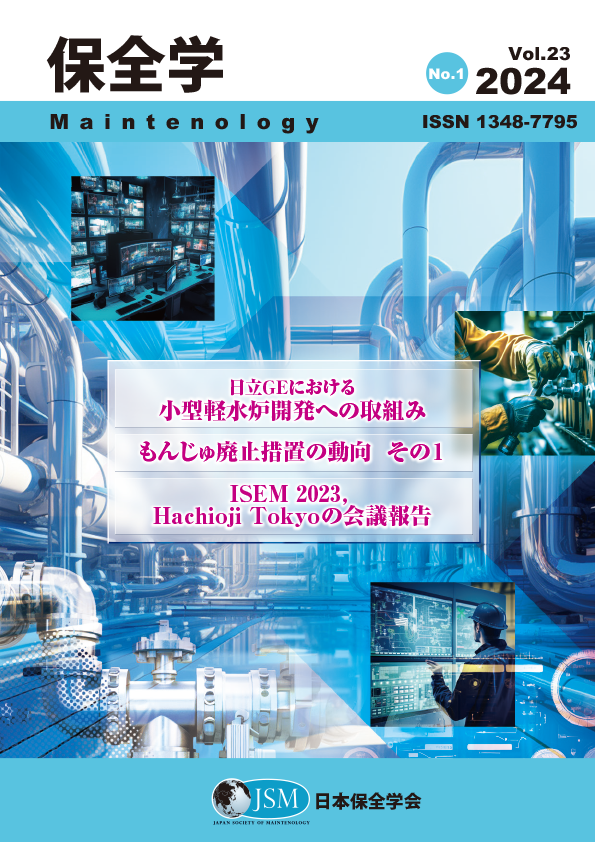配管系の弾塑性解析手法の検討(その2)
概要
This report describes an elasto-plastic analysis method which can be applied for the actual aseismic design of nuclear stainless steel piping systems. This analysis method follows the one developed by the related JSME tasks. Two models have been examined in this study. For the model 1, an elbow is inserted in, the calculated maximum strain range agreed well with the test result and showed a small conservativeness, when the elasto-plastic characteristics proposed by the draft code case of JSME were used as the material data. However, for the model 2, a tee is inserted in, the maximum strain range calculated with the same material data as for the model 1 showed non conservative results comparing with the test results. It is thought that the cause of the underestimate in the model 2 has the large thickness of an analysis model, and the tee cannot be modeled in sufficient accuracy. Although there is the subject of modeling of a tee, if the form of the piping element can be modeled with sufficient accuracy, it seems that this analysis technology is applicable also to seismic integrity assessment for the preservation after an earthquake since this elasto-plastic analysis method can grasp the elasto-plastic behavior of austenitic stainless steel piping analytically. In addition, this paper is based on the content announced at the 15th academic lecture meetings [1].





